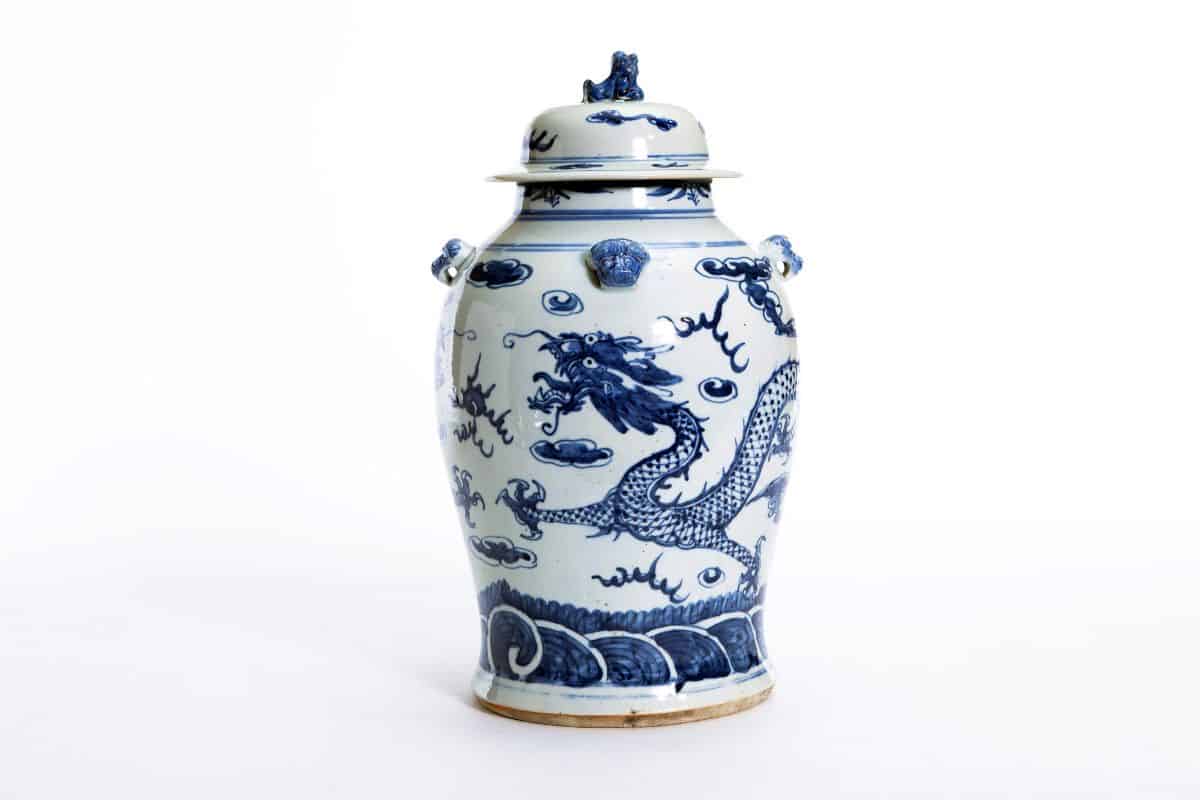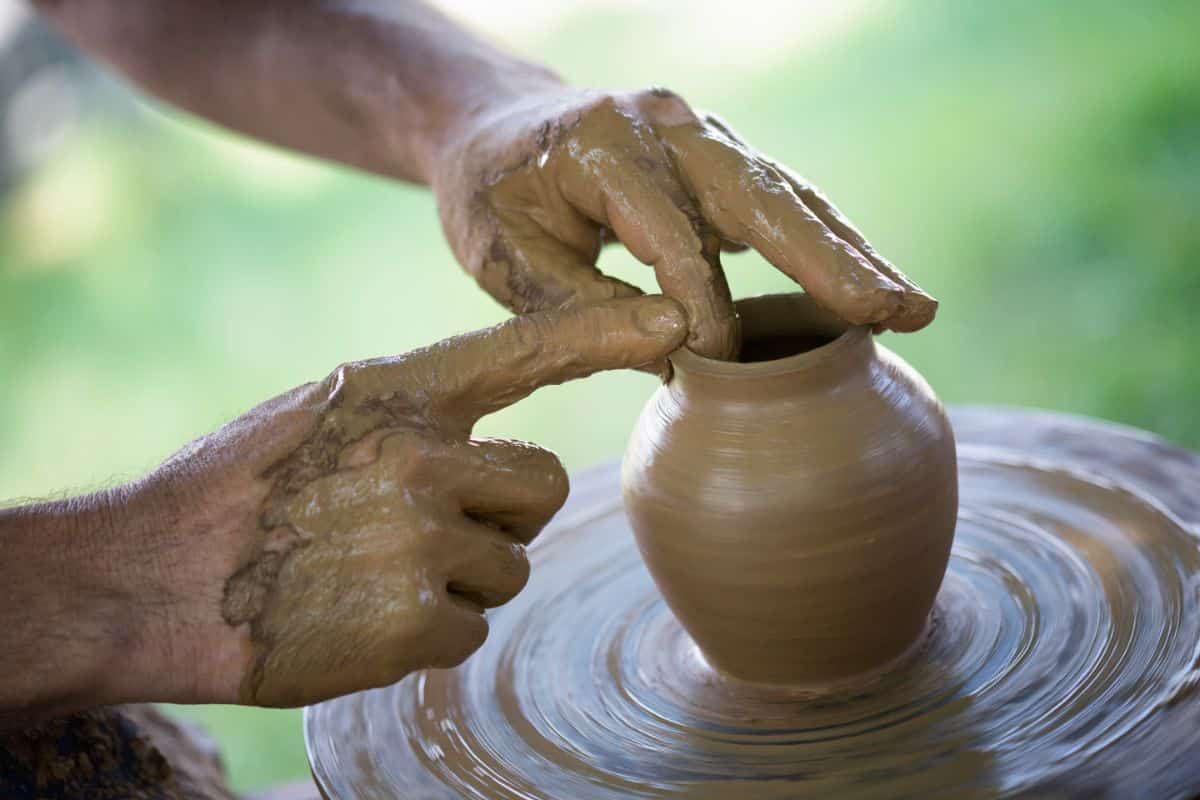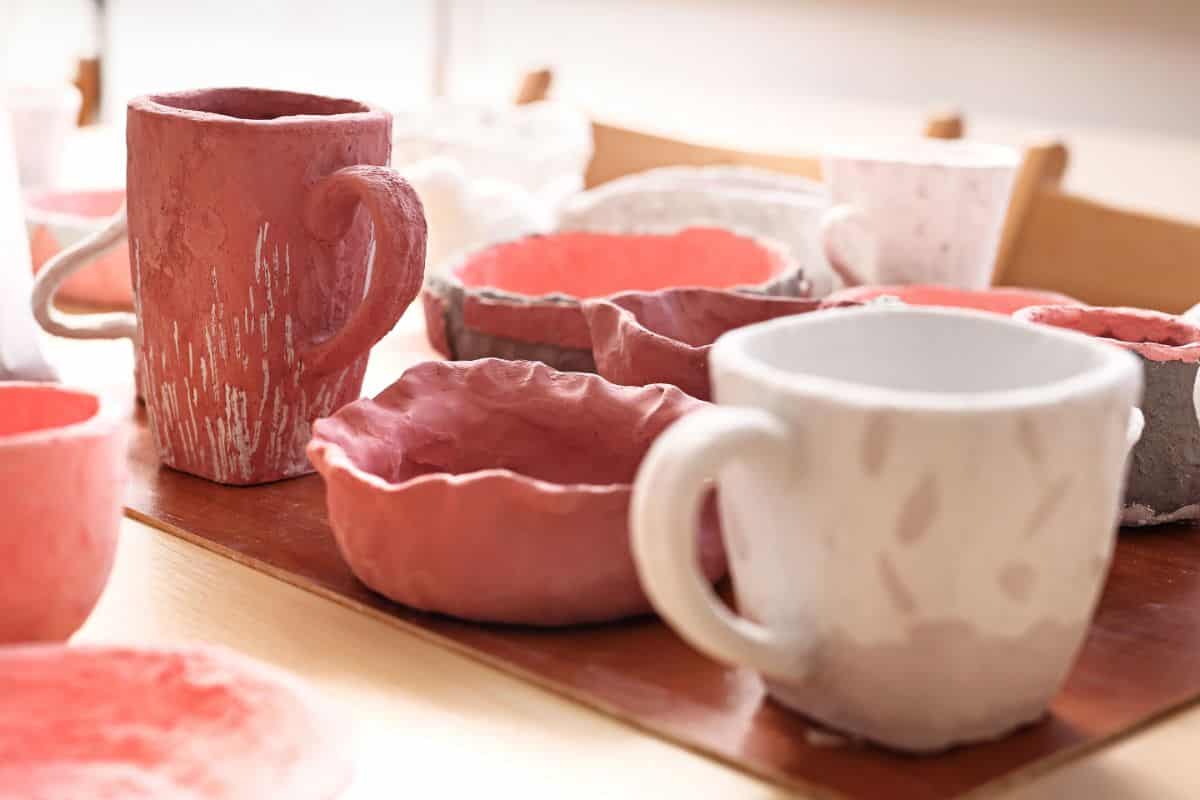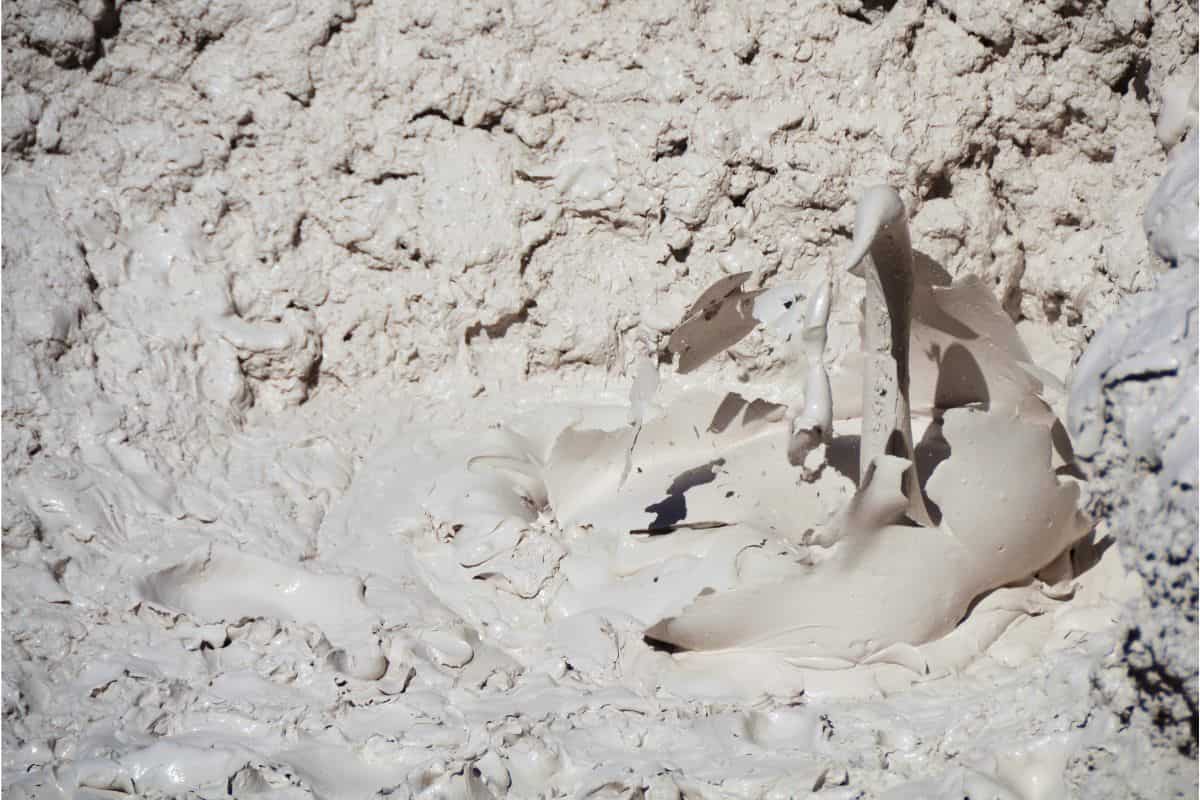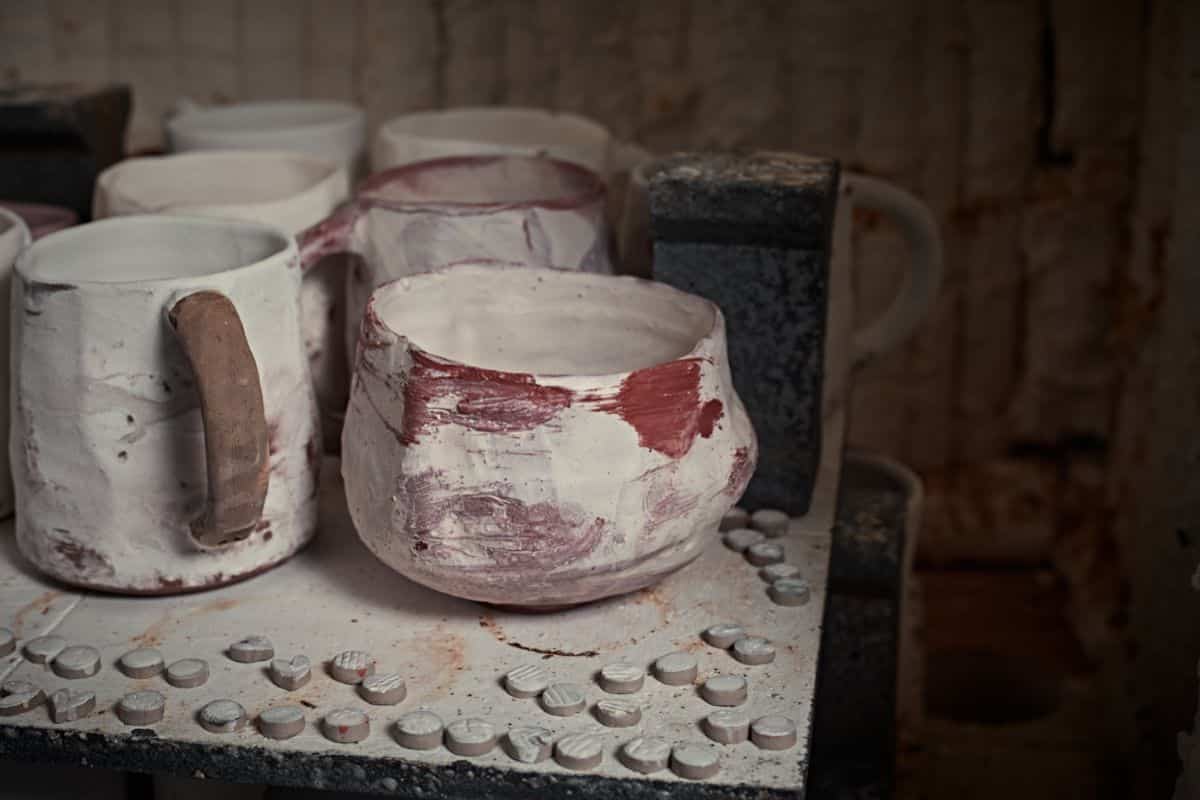There is a rich tradition of coil pottery in the American southwest that dates back to a time over 2000 years ago.
This rich history has a very long timeline with many events that brought coil pottery to the place it is today, in terms of how widespread it is, and how it has diversified and matured in its expression.
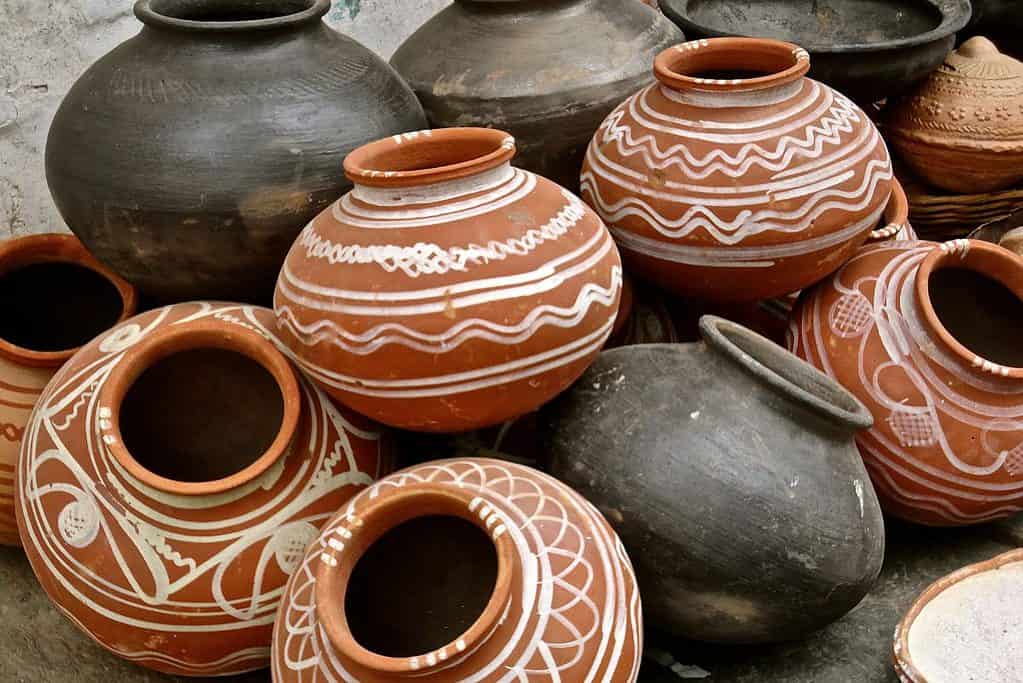
In this article, we will discuss the history of coil pottery in the Southwest, from its origins to the present day. So, if this is of interest to you, be sure to read on for more information.
A Timeline Of The History Of Southwest Coil Pottery
To begin, it may be helpful to understand the history of Southwest coil pottery by checking out a timeline overview.
Let’s check out this timeline in further detail!
Coil Pottery Timeline
- 1 C.E: Ceramic technology arrives in the Southwest, originally hailing from Mexico
- 400s C.E: It becomes common in the Southwest to use utilitarian pottery
- 700s C.E: Potters start creating decorated pottery
- 1200s C.E: Polychrome pottery grows in popularity
- 1300s C.E: Hopi villages see the beginning of coal firing technology and the Arizona White Mountains see the beginning of glaze paint technology
- 1400 C.E: Mogollon and Hohokam areas are abandoned, which results in much of our ceramic knowledge being lost
- 1540 C.E: Further ceramic knowledge is lost when the population of Indigenous people decreases due to the contact with diseases they had no immunity to.
- 1680 C.E: A Pueblo Revolt sees the removal of Spanish people, which results in many villages consolidating or moving. This resulted in a loss of ceramic knowledge
- 1880 C.E: The popularity of utilitarian pottery saw a decrease, while the popularity of tourist pottery increased, thanks to the railroads that reached the Southwest.
What Are The Origins Of Coil Pottery?
Coil pottery first began around 4000 years ago in Central Mexico. Slowly, over 2000 years, this coil pottery technology spread north and got to areas like Arizona and Tucson. It is in these two places that the United States’ earliest pottery has been discovered.
So, the earliest record of coil pottery technology in the Southwest, southern Arizona specifically, is around 150 C.E. It is important to note that this is the oldest pottery that can be used, and there is in fact pottery that is even older in the form of small items, such as figurines.
From this time, pottery technology started to spread to more cultures and villages. However, many people in the southwest were reluctant to explore this new technology, which is part of the reason for the slow spread.
At the beginning of the spread and when people were more open to exploring coil pottery technology, every village and culture typically made the same brown pottery. However, over time various regional styles began to develop.
The Different Styles Of Coil Pottery
The various traditions of Southwestern coil pottery date back many centuries.
The Colorado Plateau was home to the Ancestral Pueblo people. This area has marine clays in abundance. These marine clays were very fine, and the Ancestral Pueblo people would make coil pottery that was white or gray in color.
Additionally, Mogollon pottery was typically red or brown, because they lived in the mountains and the clay found in the mountains was rich in minerals. These minerals created warm colors when they were fired.
The river valleys were home to the Hohokam people, and their pottery was buff-colored because of the calcium carbonate present in the lighter clay of their home.
Because this is still very early on in coil pottery technology history, none of the pottery was decorated. The coil pottery that was made was plain and utilitarian, and it would be many, many decades before decorated pottery would make its first appearance in the Southwest.
The Ways Pottery Was Made In The Southwest
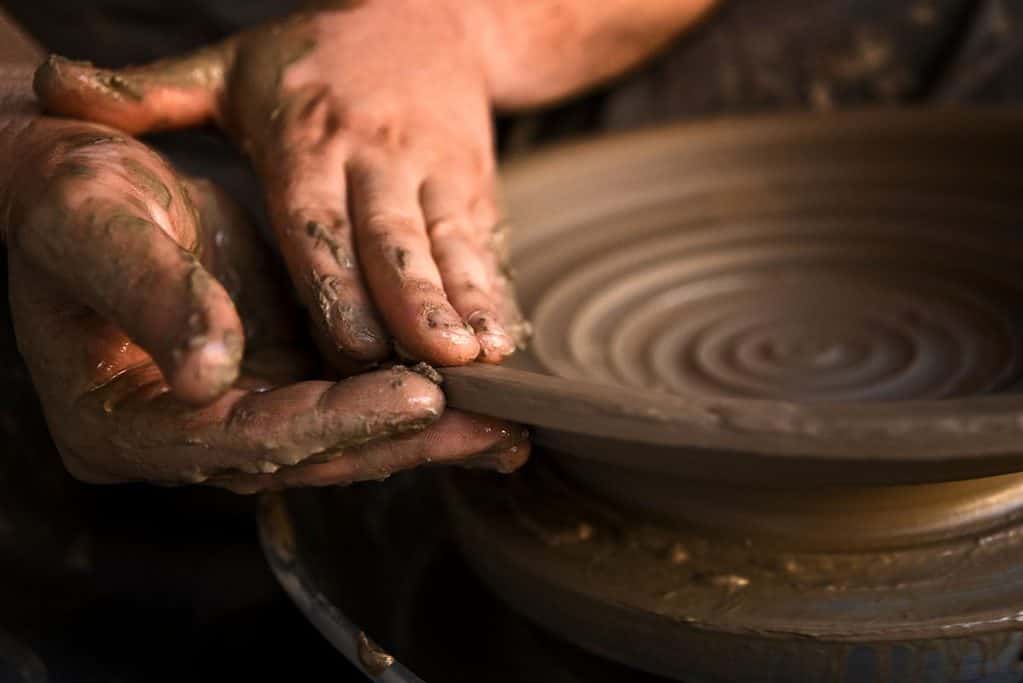
There were actually two different ways of making pottery in the Southwest. These pottery-making methods were practiced in separate areas and remained this way from prehistoric times to society today!
The Hohokam people living near Phoenix and Tucson would use a coil pottery technology method known as “Paddle And Anvil.” With this method, an individual would paddle a clay thinner.
They would do this by using an anvil, or stone, on the inside of a pot, while using a paddle made from wood on the pot’s outside. Pottery made with the paddle and anvil method is very thin-walled, but it is also very strong.
The second way of making pottery was used by the Mogollon and Ancestral Pueblo people, who lived east and north of the Hohokam. It is known as the “Coil And Scrape” method. The coil and scrape method heavily involved a gourd scraper.
This tool is made by using a gourd and is often described as a “Potter’s rib tool”. The purpose of this tool is to make the pottery thinner by scraping it.
As previously mentioned, these two methods of making pottery went unchanged for many centuries and are still practiced today.
The Decoration Of Coil Pottery
In 700 C.E, the Southwestern people began painting their pottery as a form of decoration. At first, the designs were minimalistic but they very quickly evolved into something more complex and elaborate.
Just like how there were regional differences in the way pottery was made, there were also regional differences in the way coil pottery was decorated.
The designs were based on both the geographical and cultural differences between the people of the Southwest. In other words, every respective culture of the Southwest had its own way of decorating the coil pottery they made.
The Ancestral Pueblo culture created their own paint that was unique to them. It was made from plants and was made from boiling wild greens, known as the Rocky Mountain Bee Plant, into a thick syrup. In a neutral atmosphere, this paint was applied to smectite clay and produced designs that were carbon black in color.
The Mogollon created coil pottery that they then decorated with designs of animals and people. Their coil pottery typically depicted scenes of what life would have been like during that period of time, as well as scenes taken from mythology.
Their pottery was decorated using a paint that used iron hematite as a base, which then changed to black when it was fired in an atmosphere without oxygen.
The Hohokam people also used paint with an iron hematite base, but they would fire their coil pottery in an atmosphere where oxygen was available, which caused their pottery to have red designs.
Over time, coil pottery was less plain and became more elaborately decorated, and eventually, in 1200 C.E, clay slips that were bright in color and stone polishing became popular.
Also popular during this time was polychrome pottery. This is coil pottery that has been decorated with three or more colors.
The Coal And Glaze Of The Late Prehistoric Period
Just like the people of today, the people of Ancient times loved fashion and colors. In 1300 C.E, decorated, colorful pottery was in fashion and the clays and minerals needed to create it became traded far and wide.
This was a laborious task because many people didn’t have animals or wheels to help them and had to carry it themselves over many mountains and deserts on their backs.
Meanwhile, new coil pottery technologies were constantly being developed. One development was using glaze decorations that were lead-based. This may come as a shock to the modern-day reader because kilns were not around in the Southwest at this point.
So, how exactly would the Ancient people of the Southwest complete this design? Well, they used a bonfire to fire the glaze. This bonfire could reach extremely high temperatures that were able to melt ores that were lead-based.
These techniques of glaze painting have their origins in the central Arizona mountains, and they were eventually spread to the Ancestral Pueblo villages that were close to the Rio Grande, New Mexico.
Here, the Ancestral Pueblo people practiced this technique during the 1600s, and eventually stopped over time.
Coal to fire pottery was another technological development that happened during this time. It was first developed in the northern Arizona Hopi villages. This technological development could reach even higher temperatures, and the ceramics it produced were even more durable and harder.
This Hopi coil pottery began to be traded far and wide, renowned for its durability and beloved for its stunning yellow color.
The Spanish Influence On Coil Pottery In The Southwest
In 1542, the Spanish people came to the Southwest. This caused a disruption to the way of life for the Indigenous people, and consequently, many coil pottery types were left behind.
Sadly, during the first 100 years of Spanish rule, many of the technologies that had been developed regarding coil pottery making were lost. For example, glaze paints and coal firing ceased after Spanish rule.
The Spanish people also made other changes to coil pottery. For example, Spanish designs started to influence the decoration of coil pottery, with many design motifs being based on Spanish decorations.
There were also new forms of pottery being developed, such as candle holders, saucers, and tea cups. Then, came the devastation of Old World diseases. The history of coil pottery is heavily influenced by these Old World diseases.
Indigenous people did not have immunity to these diseases, which resulted in many people moving to new villages or consolidating their old ones. This resulted in the loss and change of many pottery technologies.
The Development Of Tourist Pottery In The Southwest

In the 1880s, the railroad arrived in the Southwest. With the railroad, there came cheaply produced crockeries, such as pans and pots, and this resulted in a decline in the popularity of coil pottery that was traditionally made.
However, some Indigenous communities soon discovered a new market for their coil pottery. They started selling their coil pottery, known as tourist pottery, to passengers on the train.
So, while the train did, unfortunately, cause some Indigenous communities to cease creating coil pottery, tourist pottery encouraged the traditions of coil pottery to continue in a different way.
Today, the tradition of tourist pottery continues to grow. It has now expanded from being simple tourist trinkets that were sold at a low cost to collectible art that sells for a very high price.
In today’s society, more coil pottery is being made in the Southwest of America than ever before. There are so many different pottery styles, from black ware to micaceous to sgraffito and bichrome, and so much more!
Some people will stick to the traditional way of making pottery, with outdoor firing, while others prefer to use more modern methods such as electric kilns.
Whatever way you choose to create coil pottery today, there is no question that it has developed a lot from Ancient times, but it will still always be tied to its roots.
Final Thoughts
Coil pottery has a long history in the American Southwest. It was first brought to the southwest from Mexico and was developed and changed by the various Indigenous cultures in terms of formation and decoration.
While knowledge of coil pottery technology was lost as a result of Spanish rule, coil pottery making remains popular today, being created both with traditional methods and modern innovations.

